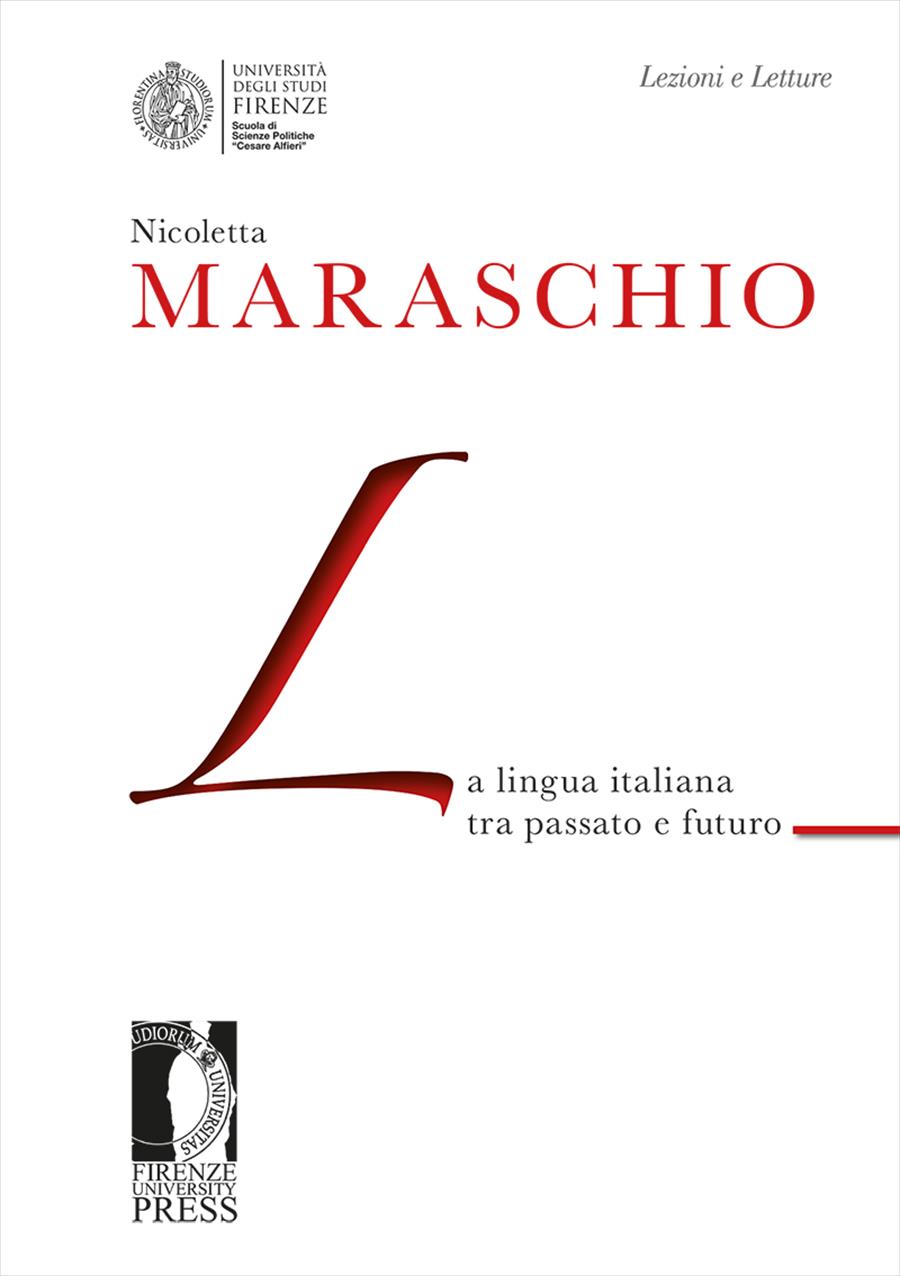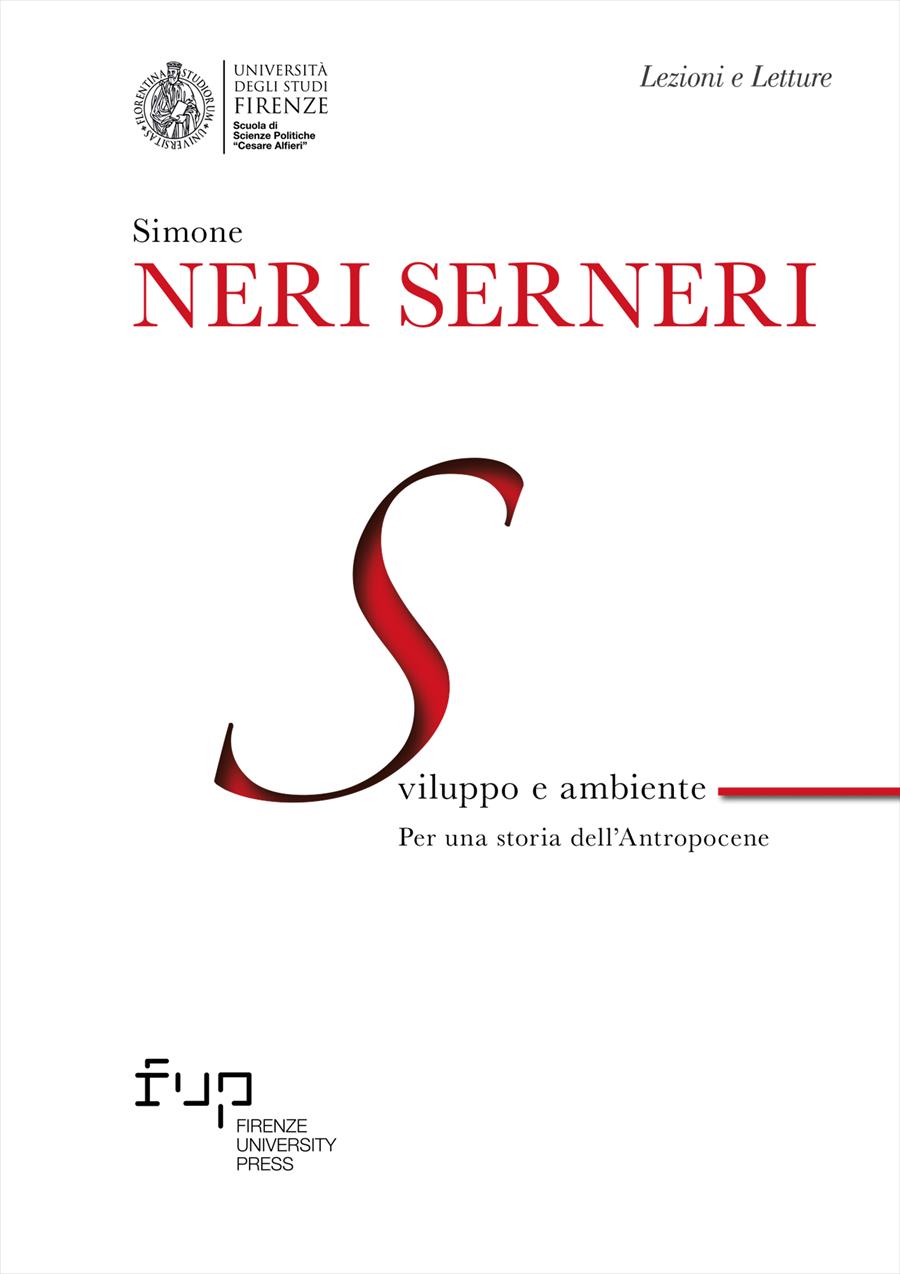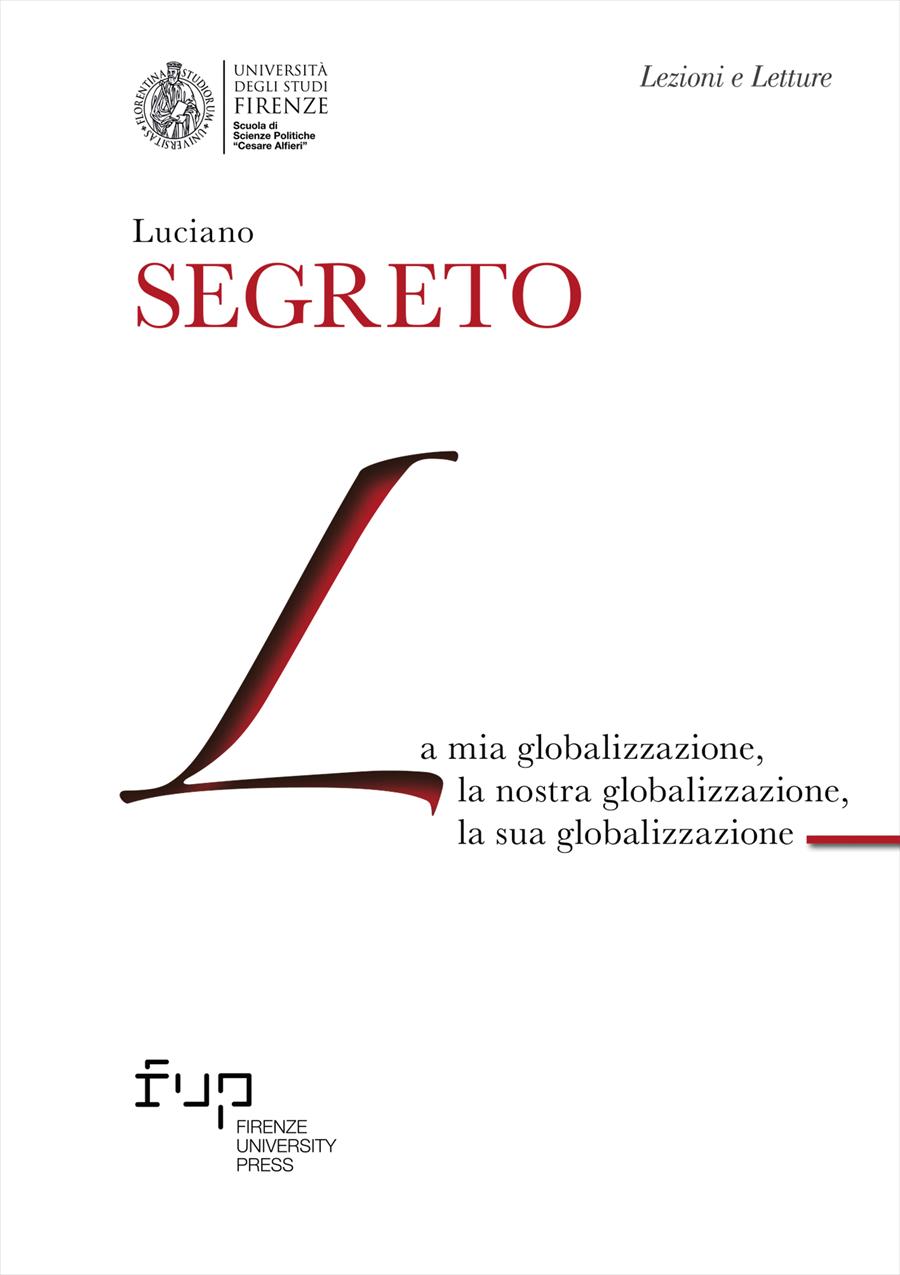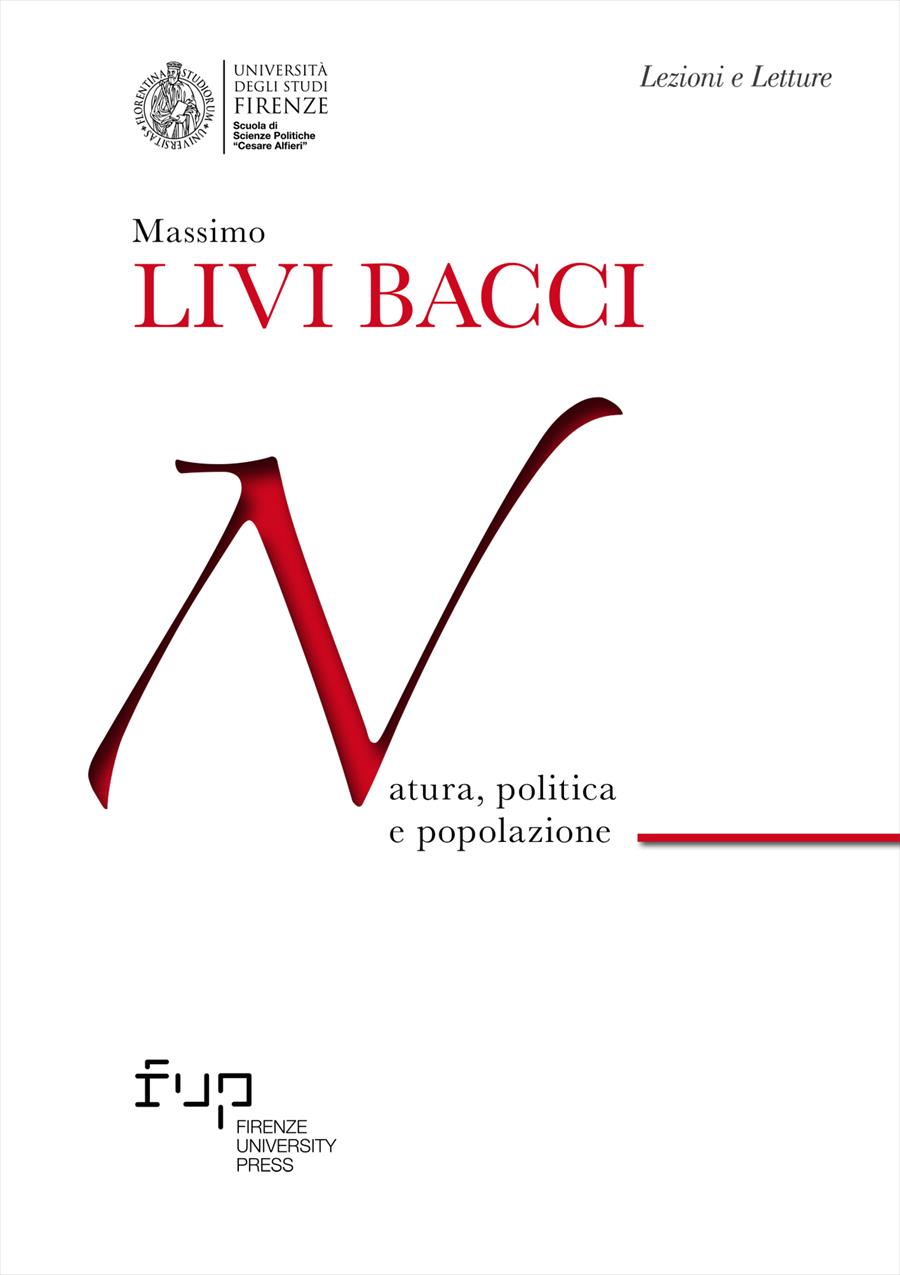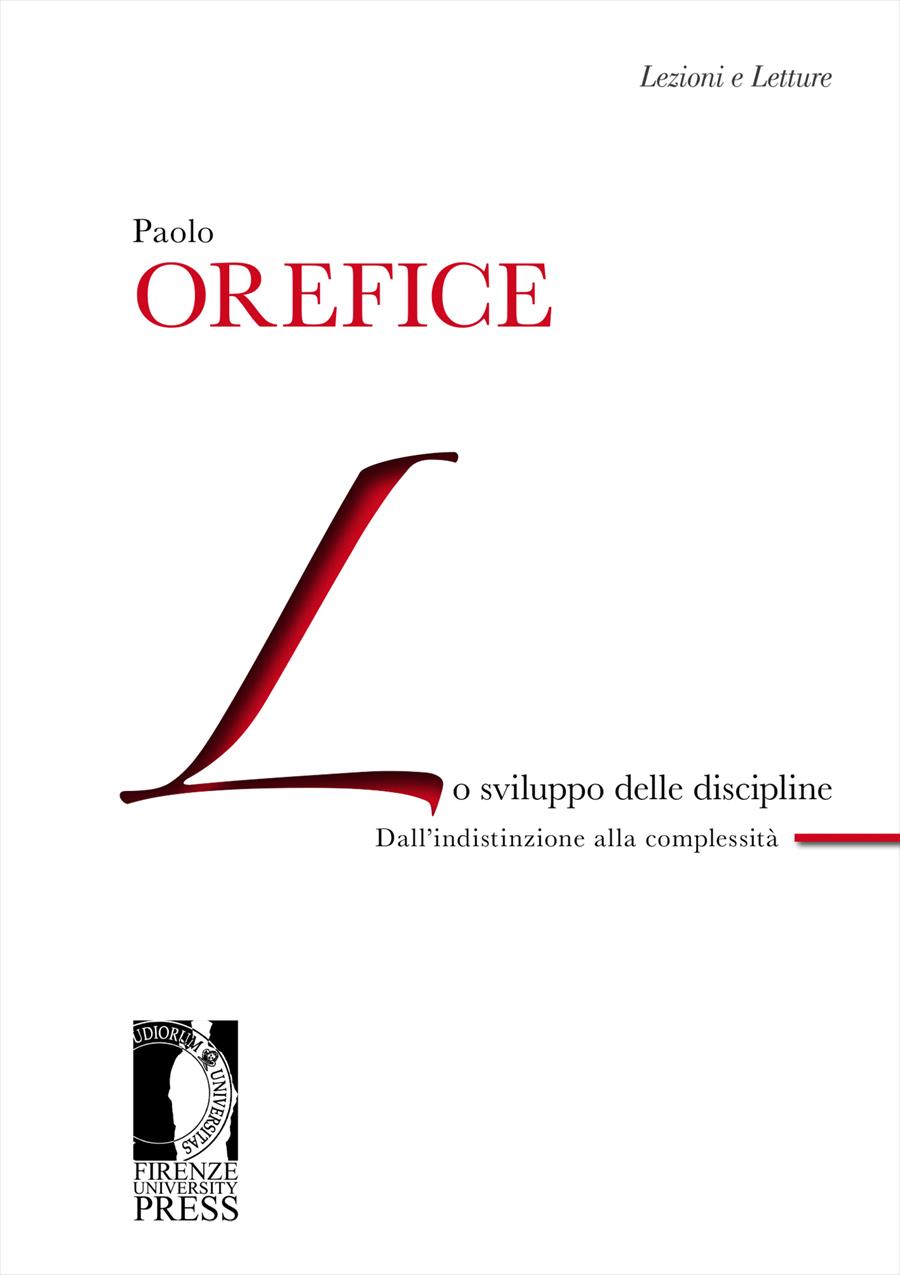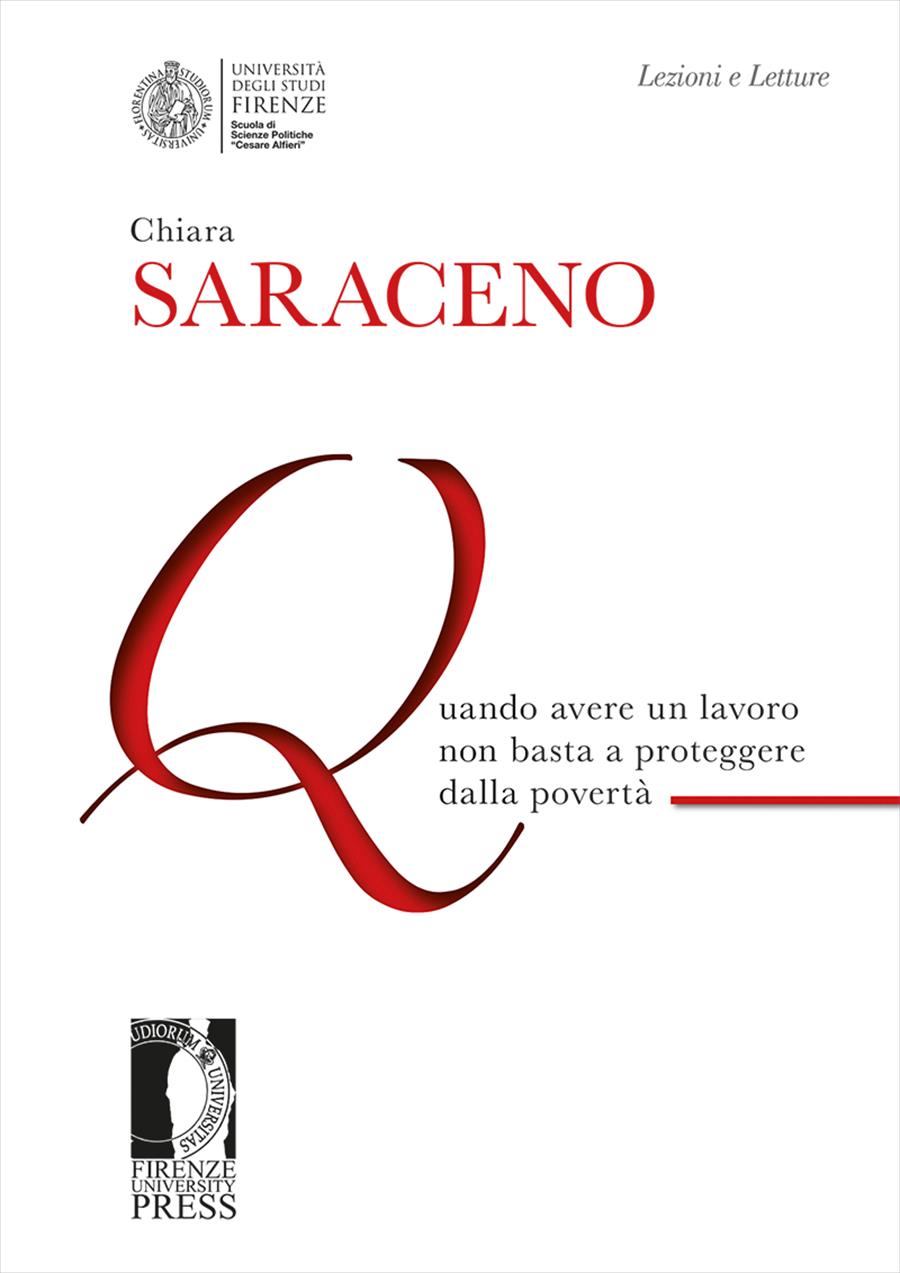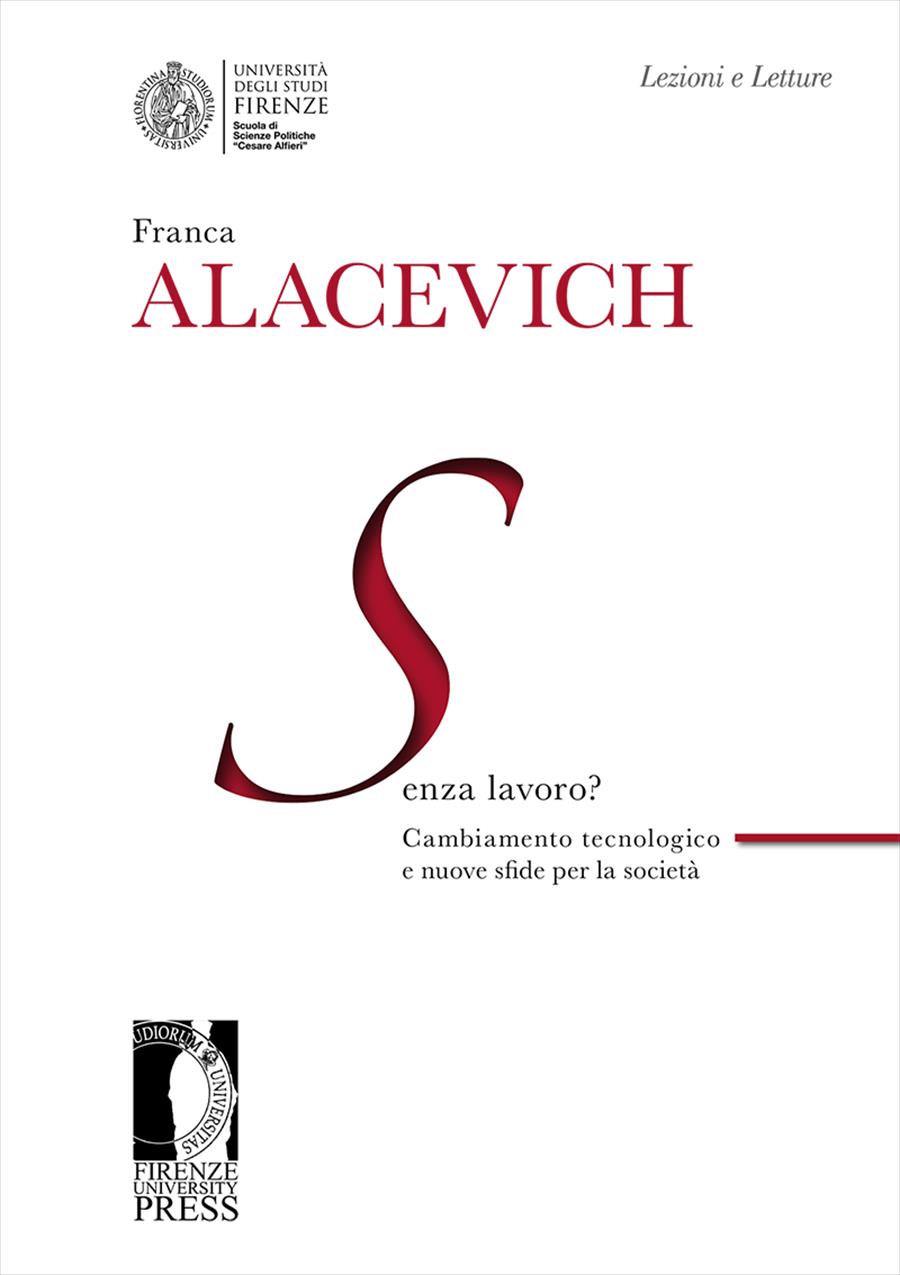La lingua italiana tra passato e futuro
- Nicoletta Maraschio,
This book outlines a short profile of Italy’s linguistic history, and discusses some current problems related to globalization, the values of the mother tongue and multilingualism, and the need to re-found the Italian and European linguistic policy on a new basis. Contemporary Italian is a particularly stratified cultural asset in which, alongside the many new elements, one can grasp the clear and precious signs of a very strong connection with the past. Today, in the European scene, Italy indeed stands out for its accentuated multilingualism and the long duration of its national language. On the one hand, the extraordinary animal and plant biodiversity in the country corresponds to an extraordinary cultural and linguistic diversity; on the other, the Italians feel that the language used by Dante, Petrarca and Boccaccio still belongs to them, and has fundamental traits coinciding with their own. Such richness is particularly appreciated abroad (as evidenced by the growing demand for Italian speakers in the world) and deserves to be better acknowledged by the younger generations. It also deserves to be protected and valued with appropriate tools, starting with a decisive rethinking of the country’s linguistic policy.
- DOI: 10.36253/978-88-6655-761-6
- Series: Lectio Magistralis
- Scientific Board: Lezioni e Letture della Scuola di Scienze politiche «Cesare Alfieri»
- Language: Italian
- Subjects: Linguistic Linguistic
University of Florence, Italy
- Publication Year: 2015
- Pages: 68
- eISBN: 978-88-6655-761-6
- Content License: CC BY 4.0
- © 2015 Author(s)
- Publication Year: 2015
- Pages: 68
- ISBN: 978-88-6655-760-9
- Content License: CC BY 4.0
- © 2015 Author(s)
Bibliographic Information
Book Title
La lingua italiana tra passato e futuro
Authors
Nicoletta Maraschio
Peer Reviewed
Number of Pages
68
Publication Year
2015
Copyright Information
© 2015 Author(s)
Content License
Metadata License
Publisher Name
Firenze University Press
DOI
10.36253/978-88-6655-761-6
ISBN Print
978-88-6655-760-9
eISBN (pdf)
978-88-6655-761-6
eISBN (epub)
978-88-6655-762-3
eISBN (xml)
978-88-5518-951-4
Series Title
Lectio Magistralis
Series ISSN
2612-7725
Series E-ISSN
2704-5935
